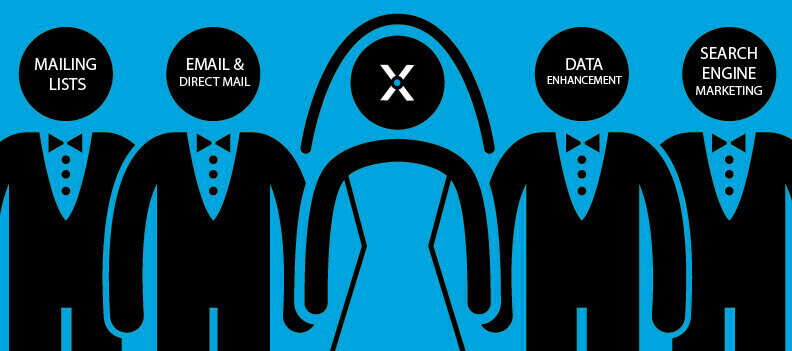Daily deal offers seem to be everywhere you look. And while these deals may appear to be a great way to gain lots of new customers quickly, there may be other options that can deliver better results over the long term as well as to the bottom line.
Weigh the Pros and Cons
Like every business decision you make, you should consider the pros and cons first. Let’s take a look at a few that might apply to your business.
The Pros
- It’s a great way for people to try you out – Reluctant buyers may find a daily deal too enticing to pass up, giving you the perfect opportunity to get them in the door—and win them over.
- You can increase sales during the slow season – If your business has specific down times throughout the year, daily deals are a great way to increase traffic and keep the registers ringing.
- It can help clear out overstocks or promote new services – Have too much of a specific item? Are you offering a new service? A daily deal is a wonderful way to get excess items out the door quickly or introduce a new service.
- You’ll get the word out about your business and services – Daily deals are a great way to advertise your brand. Even if they don’t buy, subscribers will see your deal and perhaps think of your business the next time they need a product or service you provide.
The Cons
- Profit margins could be low (or nonexistent) – Many of these daily deal sites take 50 percent of the revenue from each deal. Add that to the discount you’re offering (often 50 percent or more) and there may not be much profit, if any, left over for your business.
- You may be biting off more than you can chew – If you don’t have the resources or inventory to handle a sudden increase in business, you risk creating a bad experience for both your employees and customers.
- Most daily deal users won’t return – The simple truth is, you aren’t likely to see a lot of these new customers again. It’s estimated that the repeat business rate for daily deal customers is just 19 percent.1
- Expectations may be set for future discounts – You know what they say about first impressions . . . Customers may feel less inclined to pay full price in the future after getting your product or service at a deep discount.
- You risk alienating current customers – Sometimes it only makes sense to limit a daily deal to new customers. But consider how this may affect your existing (and loyal) clientele. You might want to offer them a special discount of their own to offset any potential for ill will.
Diversify Your Marketing Efforts
Whether or not you choose to partake in daily deal promotions, your business needs a marketing plan that incorporates multiple tactics to reach current and potential customers. Think about things like email, direct mail, and search engine marketing to help get the word out about your products and services. With each of these marketing methods, you have complete control over your message and offer as well as the timing and speed of distribution.
Email and direct mail marketing are both simple and cost-effective methods to get your message heard. Need email or mailing addresses? Don’t have a designer on staff? No problem. Find a data provider that can provide both the list and complete marketing campaign services.
Search engine marketing, such as Google AdWords™ advertising, is another excellent way to promote your business. It works by targeting your online ads to people who are already looking for products or services like yours. And there are Google Certified Experts out there to help you get the most out of your campaign.
Get Ready for New Business
Now that you’ve considered the good and bad of daily deals, it’s up to you to decide whether this tactic works in your overall marketing plan. But deal or no deal, a well-planned multi-channel marketing effort will help you acquire new customers and retain the current ones.
Sources: 1 https://www.inc.com/guides/201104/10-pros-cons-for-using-groupon.html







